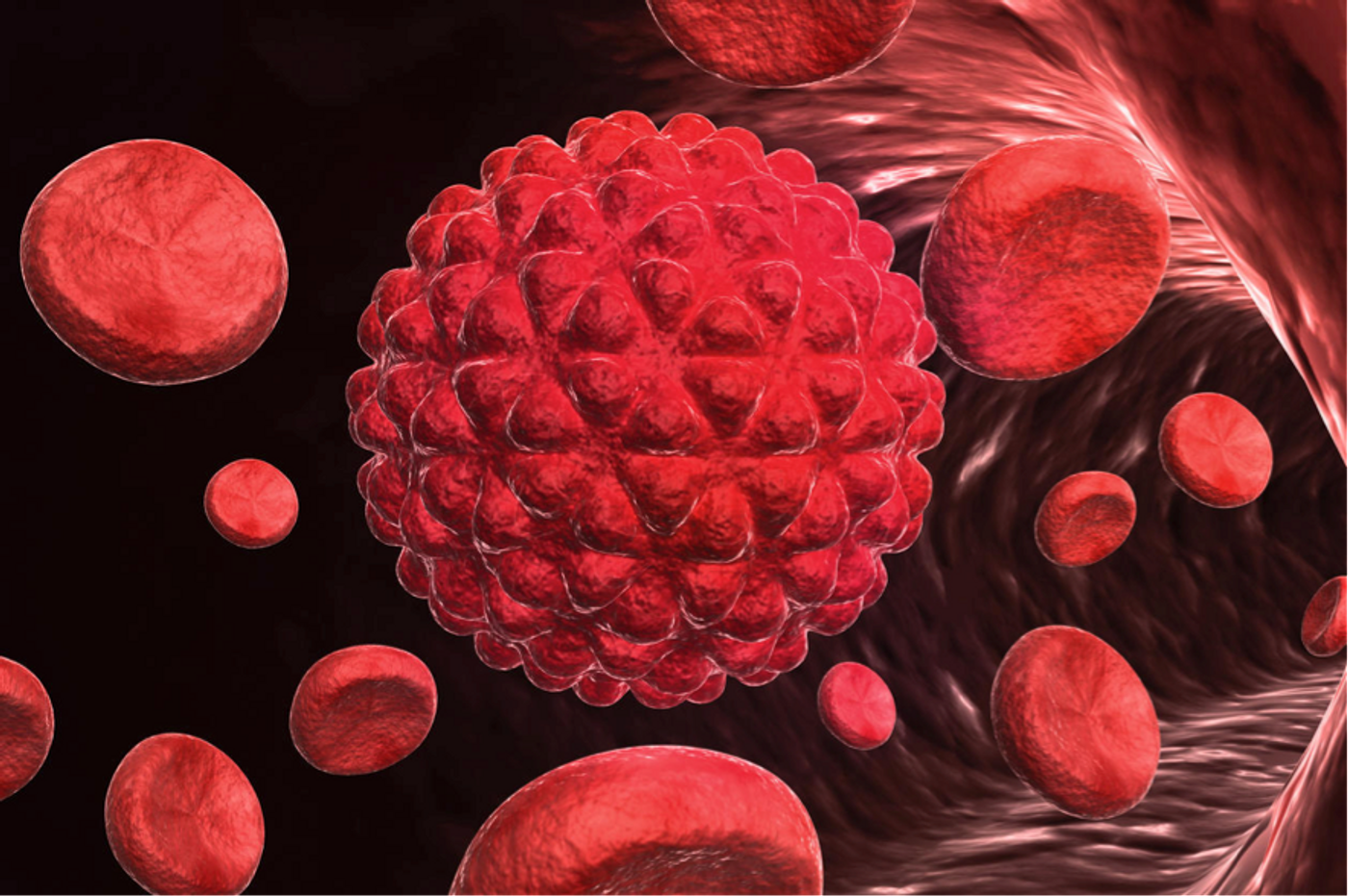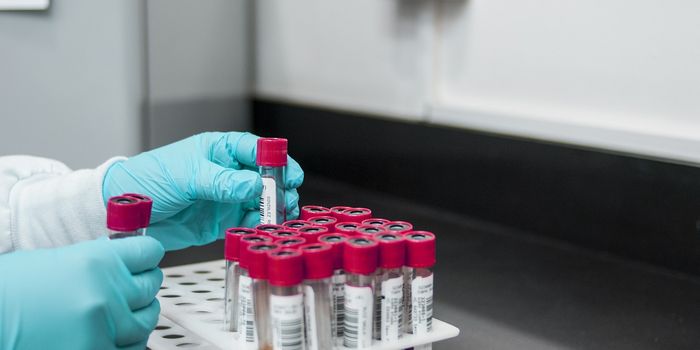Virtually every type of cancer has metastatic potential – that is, the tumor cells can leave its original site and colonize other organs in the body. Metastatic cancers are responsible for over 90 percent of cancer-related deaths, and so knowing the mechanism behind this process has huge treatment potentials. Scientists have gotten one step closer to unraveling the metastatic process, as they have
identified a key protein that functions in the spread of cancer.
The suspect protein is a Phosphatidylinositol Transfer Protein, also known as PITPNC1. Inside the cell, PITPNC1 plays a part in cell signaling and lipid metabolism. And inside tumor cells, researchers at Rockefeller University and the University of Bergen (UiB) think PITPNC1’s actions facilitate tumor cells to leave and migrate via the blood vessels.
Not all tumor cells are the same: some are more benign while some are more aggressive. It’s difficult to predict which cells are more deleterious, but knowing the propensity of these cells could allow doctors to act preemptively.
The team found that aggressive cancer cells produced more of the PITPNC1 protein. Specifically, the team found the highest expression of PITPNC1 isolated tumor cells that had metastasized from the breast, melanoma, and colon. In contrast, tumor cells that had not spread had lower expression of PITPNC1.
"We discovered that the aggressive cancer cells that are spreading in colon, breast and skin cancer contained a much higher portion of the protein PITPNC1 than the non-aggressive cancer cells," said Nils Halberg, a molecular biologist at the University of Bergen, and first author of the study. "This means we can predict which of the cancer cells are getting aggressive and spread, at a much earlier stage than today."
Molecular analysis of PITPNC1 indicate that the protein promotes metastasis by helping cancer cells produce and recruit other proteins that help it enter the blood vessels. “The protein PITPNC1 regulates a process whereby the cancer cells are secreting molecules, which cut through a network of proteins outside the cells, like scissors. The cancer cell is then able to penetrate the tissue and set up a colonies at new organ sites,” Halberg said.
Now that they have their target, the team is hopeful they will find drug candidates to reduce the risks of cancer metastasis. "If we get to the point where we can offer a custom-made therapy that targets the function of this protein, we might be able to stop it spreading," said Halberg.
Additional sources:
MNT,
University of Bergen










